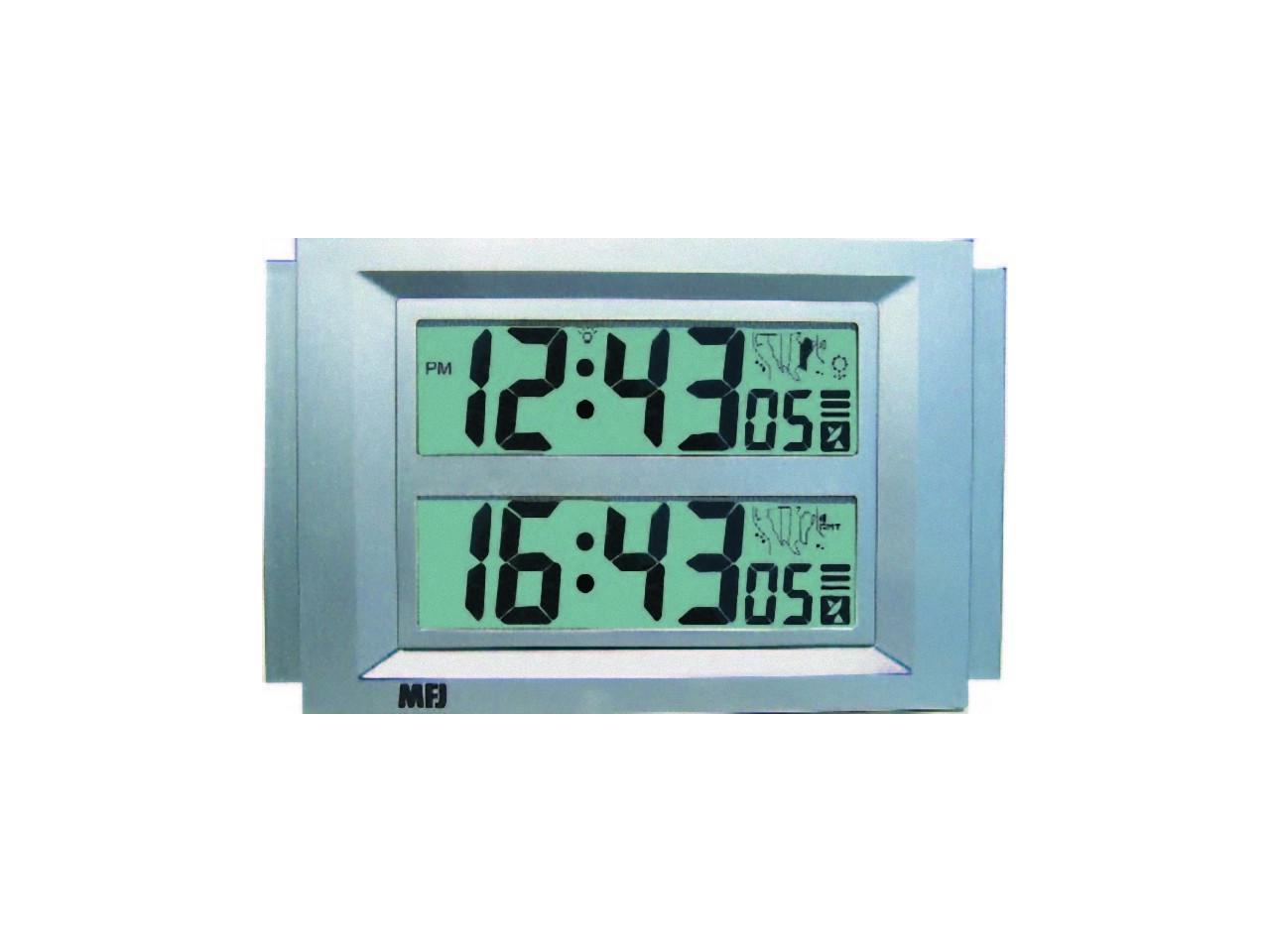
Atomic utc clock software#
Fortunately, these corrections are made automatically by the radio receivers and software packages that access NIST services after you configure them for your time zone. To get local time from a UTC broadcast, both a time zone and daylight saving time correction usually needs to be made. Therefore, when Boulder switches from Mountain Standard Time to Mountain Daylight Time, the difference between local time and UTC becomes just 6 hours. However, UTC does not observe Daylight Saving Time, and never adds or subtracts an hour. For example, when Boulder, Colorado is on Mountain Standard Time, the difference between Boulder time and UTC is 7 hours (its 7 hours later in England than it is in Boulder). The difference in hours between UTC and your local time depends upon your time zone. The UTC minutes and seconds are exactly the same as your local time, but the hours are different. When you use UTC for time-of-day, keep in mind that it refers to local time at the zero meridian which is near Greenwich, England. Let’s take a brief look at UTC as a measure of both time-of-day and frequency. These seconds are then accumulated to form minutes, hours, days, and years. The second way is to think of UTC as a stable frequency or rate which is used to count seconds. For example, a wall clock can display UTC in hours, minutes, and seconds. The way it is usually thought of by most people is as an indicator of time-of-day (hours, minutes, and seconds). There are two ways to think about Coordinated Universal Time (UTC). How is Coordinated Universal Time (UTC) currently calculated?

For example, to see the current time displayed in your browser, see the site. The simplest services may have uncertainties as large as 1 second, but still meet the needs of most users. The accuracy of the time sent to user depends upon the service used to transfer time, and the receiving equipment that is used. The current difference between UTC and UTC(NIST) is shown here.

At its source, UTC(NIST) is kept in as close agreement as possible with other national and international standards, typically within a few nanoseconds. NIST provides UTC(NIST), a time scale referenced to atomic oscillators located in Boulder, Colorado.

What time does NIST distribute through its time and frequency services?


 0 kommentar(er)
0 kommentar(er)
